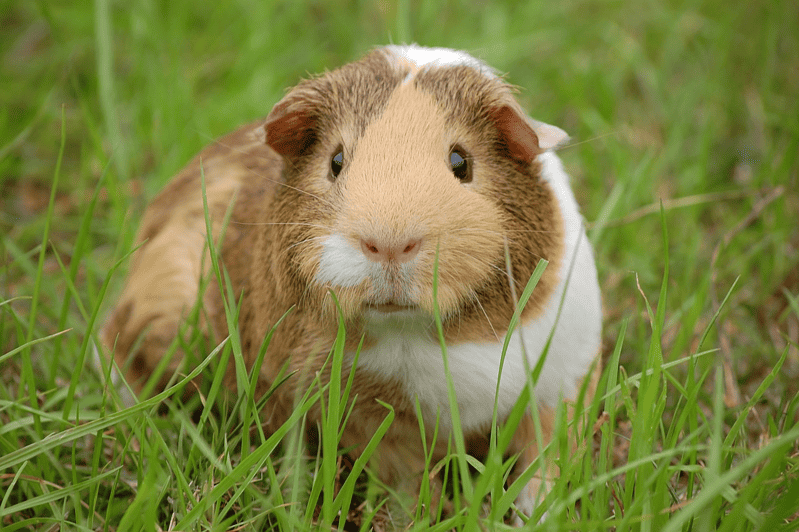Introducing a small pet into a child’s life can be a wonderful way to teach them responsibility and empathy and provide companionship. However, it’s important to choose a pet that is safe and easy for kids to care for. In this guide, we will explore some of the best small pets that are suitable for children, providing an overview of their care needs and highlighting the benefits they can bring to a child’s life.
Factors to Consider When Choosing a Small Pet

Before selecting a small pet for your child, there are several factors to consider. First, consider the size of the pet and the space available in your home. Some small pets, such as guinea pigs or birds, require larger cages or living areas. Next, think about the lifespan of the pet and the level of commitment involved. While most small pets have shorter lifespans compared to larger animals, it’s important to be aware of the responsibilities and time investment required. Additionally, pet owners at Animallama advise considering the pet’s compatibility with children and other pets in the household. Some small pets may suit families with young children or other animals. Finally, consider any allergies or sensitivities that family members may have to certain pets.
Top Safe and Easy-to-Care-for Small Pets for Kids
Guinea Pigs
Guinea pigs are gentle and sociable animals, making them excellent companions for children. They are relatively low-maintenance and can be easily handled. Guinea pigs require a spacious cage with fresh bedding, a balanced diet of hay, pellets, and fresh vegetables, as well as daily socialization and exercise.
Hamsters
Hamsters are small and can adapt well to different living environments. They are nocturnal animals, so they may be more active during the evenings. Hamsters require a cage with proper bedding, a balanced diet of hamster food and fresh vegetables, as well as opportunities for exercise through wheels or playtime outside of the cage.
Fish
Fish, such as Betta fish or goldfish, can be an ideal pet for children who may not be ready for hands-on interaction. They require a suitable aquarium or fish tank with a filtration system and proper water conditions. Feeding fish is relatively straightforward, and kids can learn about maintaining a clean and healthy aquatic environment.
Birds
Birds, such as budgies or cockatiels, can make delightful companions for older children. They require a spacious cage with perches, toys, and a balanced diet of seeds, pellets, and fresh fruits and vegetables. Birds need regular socialization and mental stimulation, as well as time outside of the cage for exercise.
Teaching Kids Responsibility and Care for Their Small Pets
Owning a pet is an excellent opportunity for children to learn responsibility and care. Here are some ways to involve kids in the care of their small pets:
- Setting age-appropriate tasks and routines: Assign age-appropriate tasks, such as feeding, cleaning the cage or aquarium, and providing fresh water. Establish a routine to help children understand the importance of consistent care.
- Teaching proper handling and gentle interaction: Show kids how to handle their pets safely and gently, ensuring that they support the animal’s body properly and avoid any rough play that may harm the pet.
- Encouraging regular feeding and cleaning responsibilities: Involve children in the daily feeding and cleaning routines, emphasizing the importance of maintaining a clean and healthy environment for their pet’s well-being.
- Involving kids in pet-related decision-making and problem-solving: Encourage children to participate in decisions regarding their pet’s care, such as selecting toys or treats, and involve them in problem-solving when challenges arise.
Safety Considerations and Precautions

While small pets can bring joy and companionship, it’s crucial to prioritize safety. Here are some safety considerations and precautions:
- Supervision and pet-proofing the living space: Always supervise interactions between children and pets, especially with smaller animals pet-proof the living space to prevent accidental escapes or access to harmful substances.
- Hygiene and cleanliness practices: Teach children about the importance of washing hands before and after handling their pets. Emphasize the need to maintain cleanliness in the pet’s living area to prevent the spread of germs.
- Handling and restraint guidelines: Educate kids on proper handling techniques to ensure the safety and well-being of their pets. Teach them how to approach and hold their pets gently and responsibly.
- Health and veterinary care: Regularly monitor the health of the pet and teach children to recognize signs of illness or distress. Ensure that the pet receives regular veterinary check-ups and necessary vaccinations.
Introducing a small pet into a child’s life can be a rewarding and educational experience. Children can learn valuable life lessons about responsibility, empathy, and companionship by choosing a safe and easy-to-care-for small pet. Remember to consider size, commitment, compatibility, and allergies when selecting the right pet for your family. Engage children in caring for their pets and provide them with the necessary resources and support. With proper guidance and care, small pets can become cherished family members and create lasting memories for children to treasure.

